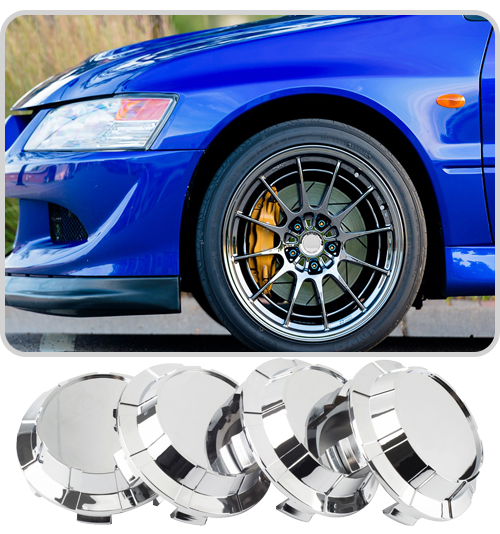Are You Familiar with the Dakar Rally
Are You Familiar with the Dakar Rally?

The Dakar Rally (or simply "The Dakar"; formerly known as "The Paris Dakar" or "Paris to Dakar Rally") is an annual off-road race, organised by the Amaury Sport Organization. The race is open to amateur and professional entries. Amateurs typically make up about eighty percent of the participants.
Despite its name it is an off-road Endurance race, called a Rally-raid rather than a conventional rally—the terrain the competitors traverse is much tougher and the vehicles used are true off-road vehicles rather than the modified sedans used in rallies. Most of the competitive special sections are off-road, crossing dunes, mud, camel grass, rocks and Erg (landform) among others. The distances of each stage covered vary from several Kilometers up to 800 to 900 kilometers (500–560 mi) per day.
History and Route
The race originated in 1978. Originally, the rally was from Paris, France to Dakar, Senegal, interrupted by a transfer across the Mediterranean. However, due to politics and other factors, the course, including origin and destination, has varied over the years. Dakar has been the destination city on all but four occasions. The rally began at Paris each year until 1995. In 1994 the rally both began and ended in Paris, but due to complaints by the mayor, the finish had to be moved to Euro Disney. This also caused the organisation to lay out the rally through different locations in following years.
In 2008
The 2008 was canceled on January 4, 2008 amid fears of terrorist attack(s). This caused serious doubts over the future of the rally. Various newspapers in Africa called the cancellation a "death sentence" for the race. Chile and Argentina, in South America, offered their territory to host the event, as well as the Czech Republic, or Hungary in Central Europe. The ASO finally decided to establish the Dakar Series competition, which first event is the 2008 Central Europe (Hungary-Romania), between April 20 and April 26 2008. The 2009 event will organized in the two South American countries, between January 3-18, 2009. Group 2 is Super-Production bikes, which are more substantially modified than Marathon bikes.
The Open class accepts weight-qualifying vehicles such as SCORE International trucks. They are divided into two groups, T4 and T5. T4 class trucks participate in the competition, while T5 trucks travel from bivouac to bivouac to support the competition vehicles.
The Accidents
6 people were killed during the 1988 race, 3 participants and 3 local residents. In one incident, Baye Sibi, a 10-year-old Malian girl, was killed by a racer while she crossed a road. A film crew's vehicle killed a mother and daughter in Mauritania on the last day of the race. The race participants killed, in three separate crashes, were a Dutch navigator on the DAF team, a France Privateer (motorsport), and a French Motorcycle. Racers were also blamed for starting a Wildfire that caused a panic on a train running between Dakar and Bamako, where three more people were killed.
In 2005, Spanish motorcyclist José Manuel Pérez died in a Spanish hospital on Monday, January 10 . Italian motorcyclist Fabrizio Meoni, a two-time winner of the event, became the second Dakar Rally rider to die in two days. On January 13, a five-year-old Senegalese girl was crushed beneath the wheels of a Service lorry after wandering onto a main road, bringing the total deaths to five. Many other African non-participants are said to have been killed because of the Dakar rally, but unlike the participants, no official figures are available and the names of the victims are usually not given.
In 2006, 41 year old Australia KTM motorcyclist Andy Caldecott, in his third time in the Dakar, died January 9 as a result of neck injuries received in a crash approximately 250 km (155 mi) into stage 9, between Nouakchott and Kiffa, only a few kilometers from the location where Meoni had his fatal wreck the year before. He won the third stage of the 2006 event between Nador and Er Rachidia only a few days before his death. The death occurred despite efforts by the event organisers to improve competitor safety, including speed limits, mandatory rest at fuel stops, and reduced fuel capacity requirements for the bike classes.



